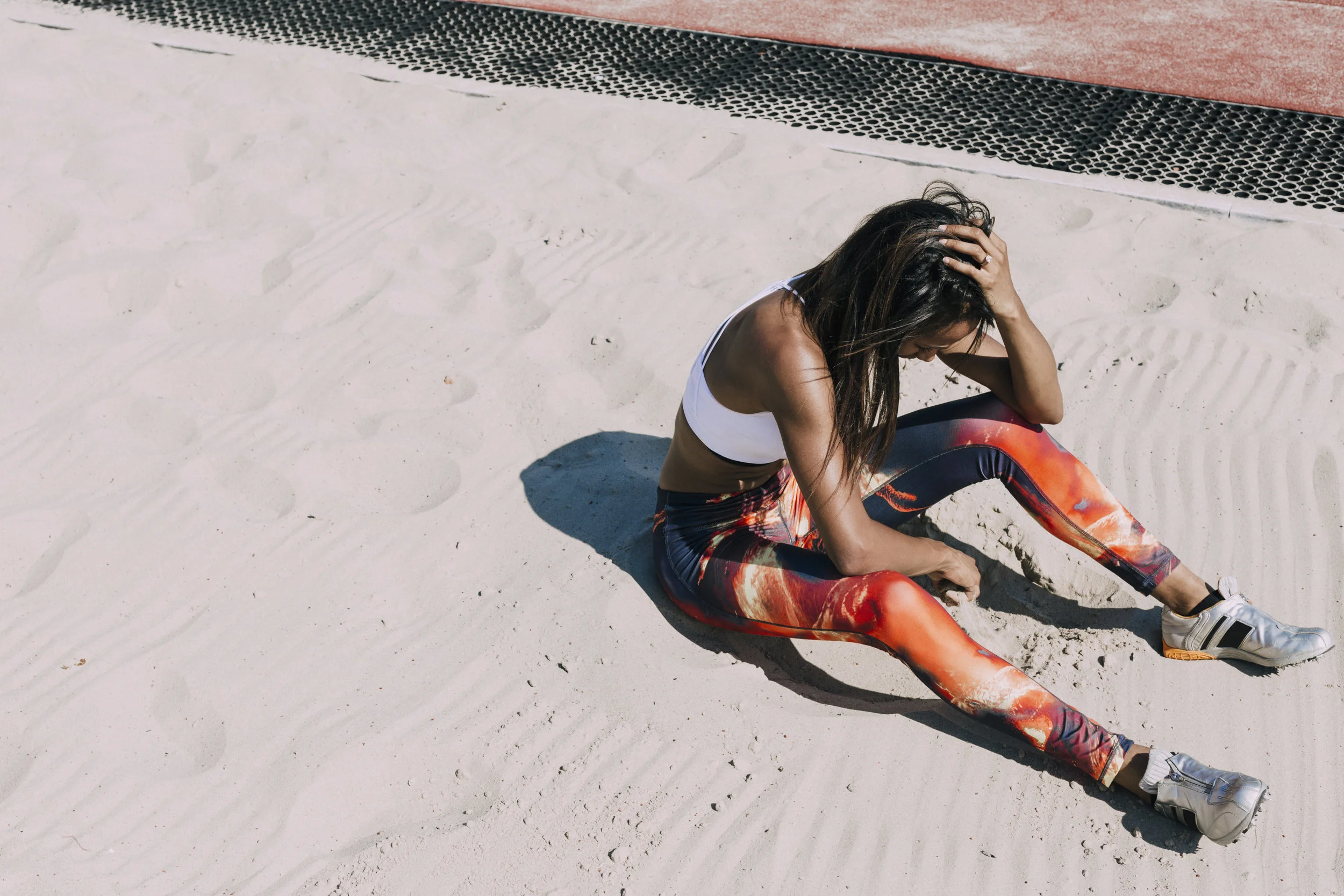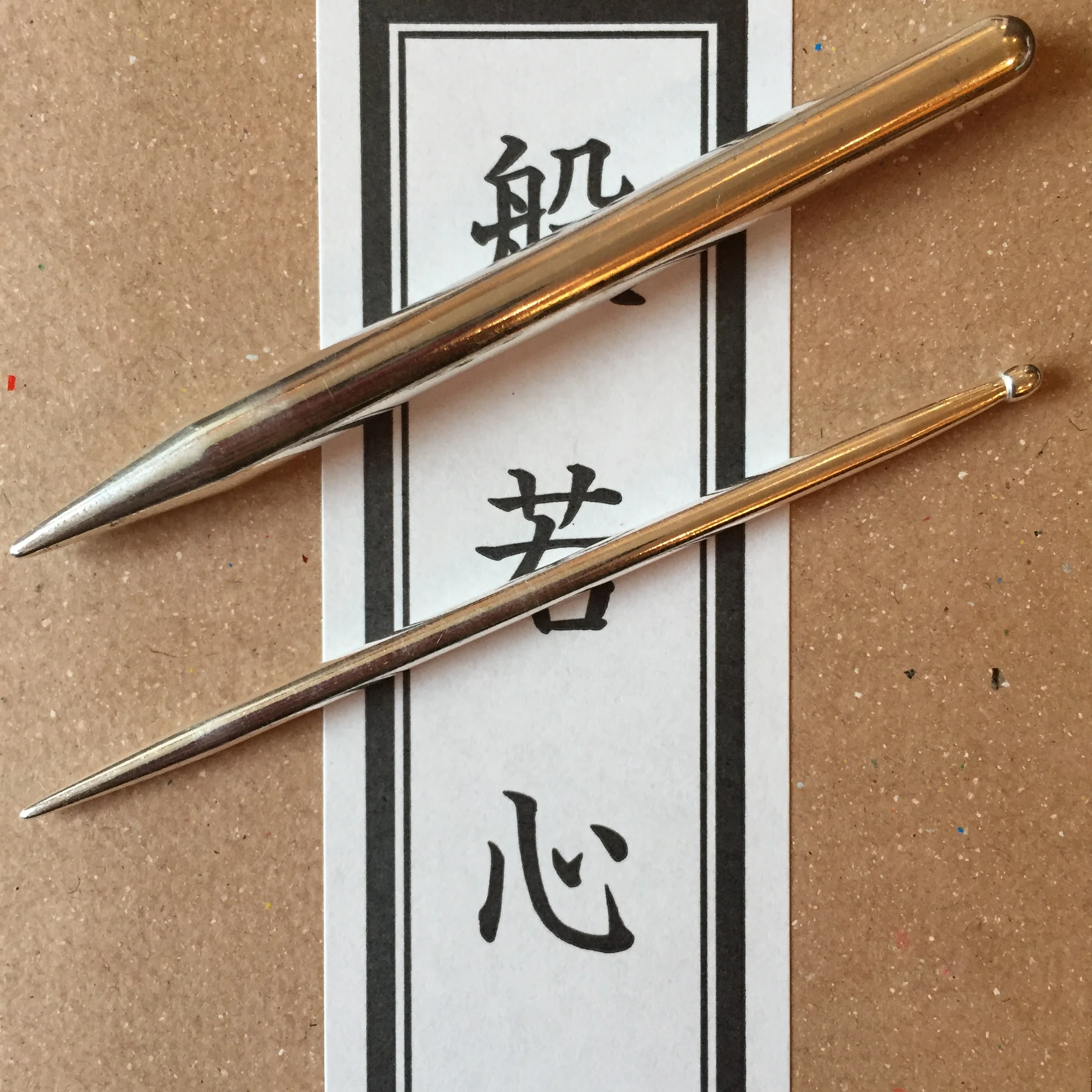![Treating Stress, Anxiety, and Depression with Acupuncture]()
Positive Vibes Only? Definitely not. Negative emotions are natural and can signal a need to change our relationships, environment, or behavior. It’s when negative emotions become chronic and feel like they arise without cause, that you turn to guiding practitioners like therapists and acupuncturists who can help you figure out what forest of feelings you've wandered into and how you can find your way back out again.
Whether your depression, anxiety, and stress are chronic or not, tamping down negative feelings or denying them in favor of only positive feelings is neither realistic nor helpful. What is helpful and what acupuncture helps facilitate is giving all your feelings a space and distance from yourself to be acknowledged, fully felt, and then allowed to pass. That can be an extended grieving period and or as short as a few minutes to recognize that you're getting frustrated and need to breathe deeper and take a walk.
Understanding what you're feeling, giving that feeling space, and then letting it go is essential in our modern world. With these skills, you can begin to move past the thicket of a bad stretch. And when you have one bad day, you'll realize that's part of being human, not a sign that you're broken.





